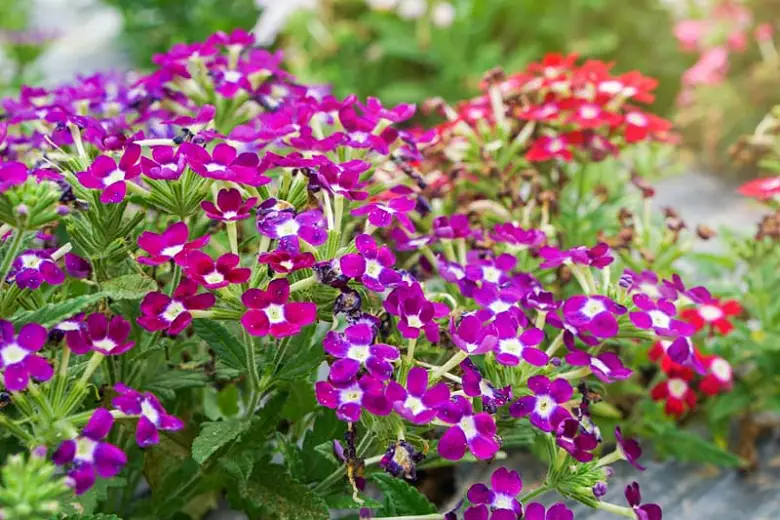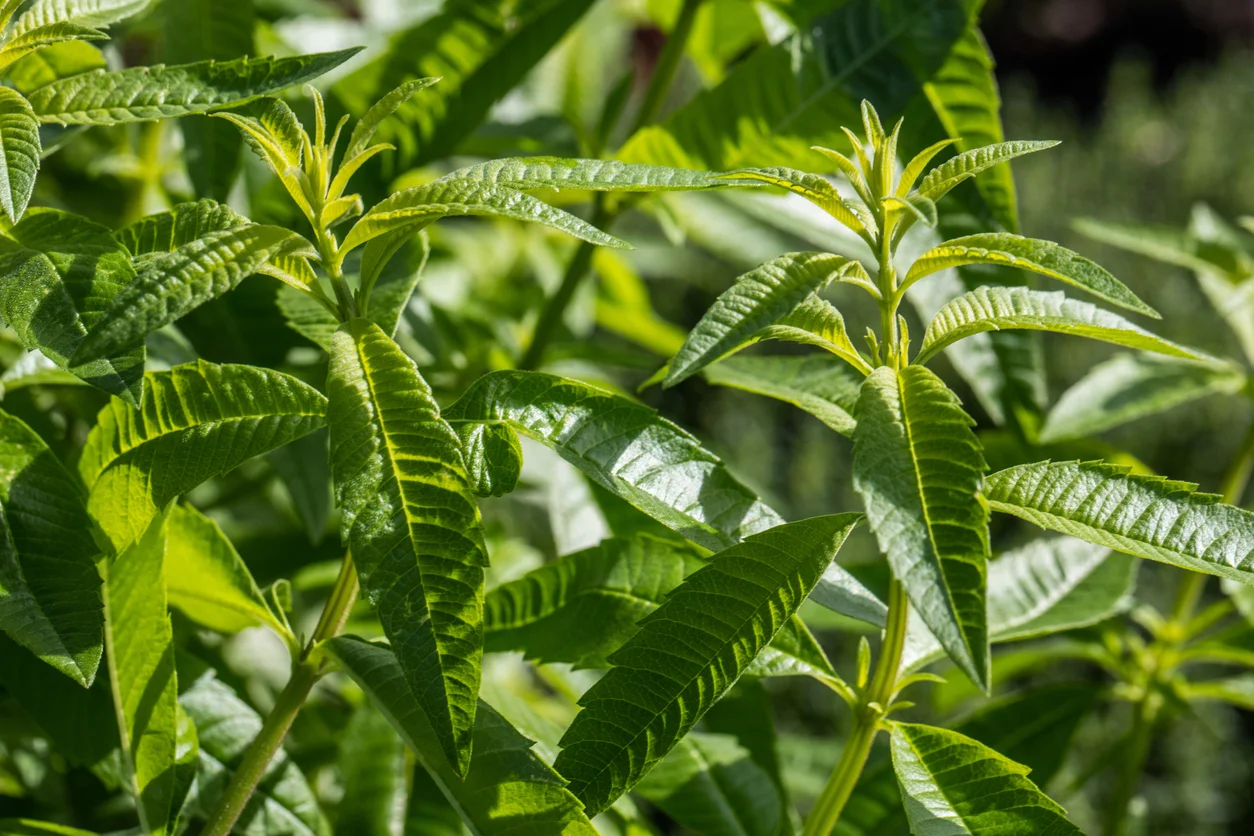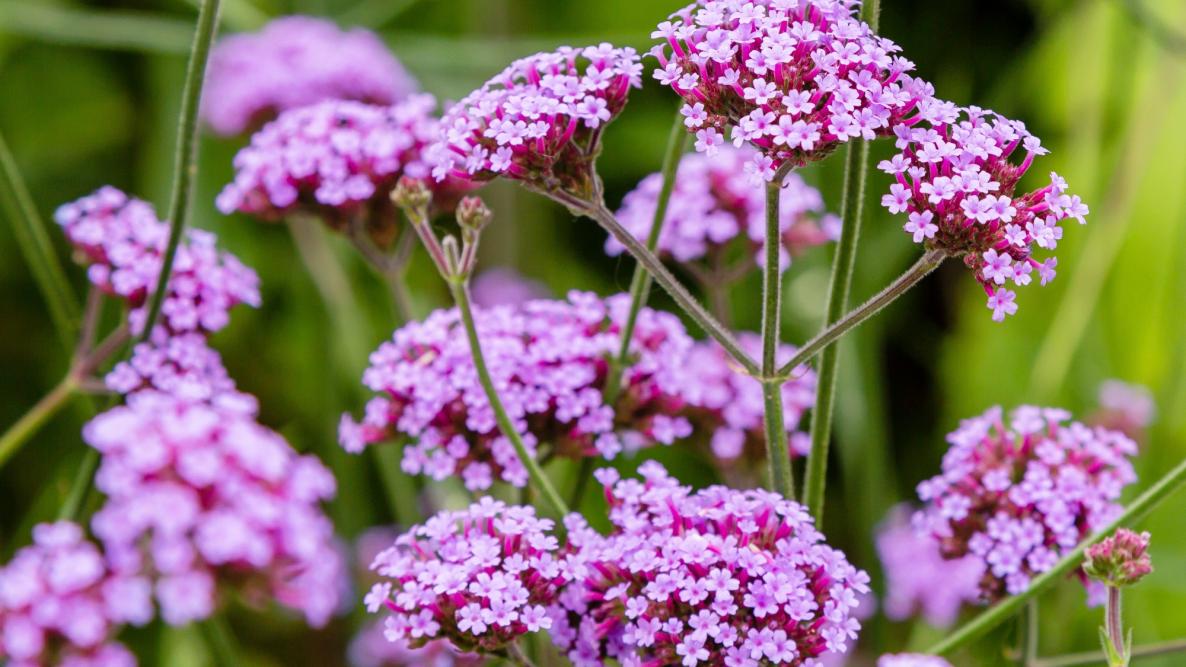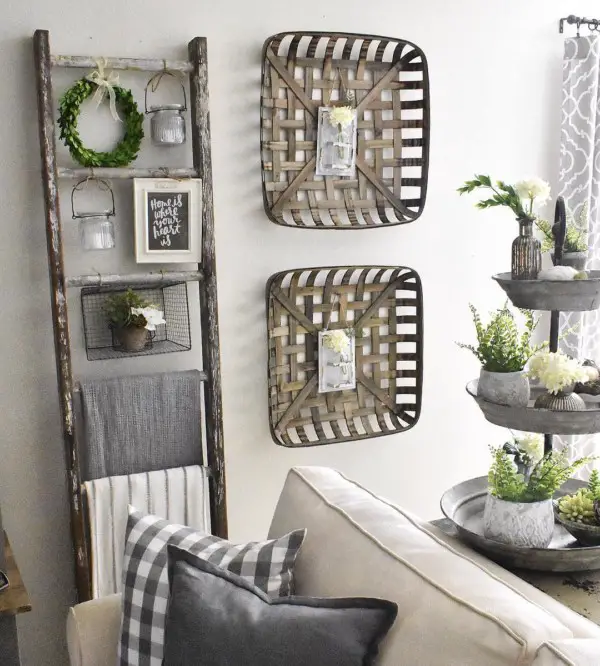How to Grow and Care for Verbena Plants
Verbena plants are often used as ornamental plants in gardens due to their bright and colorful flowers. They can also be used as an herbal remedy for a variety of ailments, such as headaches, fever, and stomach aches. Verbena plants are easy to care for and will thrive in almost any soil type as long as they get plenty of sunlight. With proper care, these plants can live for many years and provide beautiful blooms all season long. In this article, we will discuss how to grow and care for Verbena plants, including how to plant, water, fertilize, and prune them.
Understanding Verbena Plants
Verbena plants are a type of flowering perennial that is easy to care for and adds a vibrant pop of color to any garden. They come in a variety of colors, including white, pink, purple, and red, and their fragrant blooms are known to attract butterflies and hummingbirds. Verbena plants are also known for their hardy nature and ability to thrive in a wide range of climates. With some basic care, you can keep your Verbena plants healthy and looking beautiful. Water your Verbena plants regularly, fertilize them every few weeks, and provide them with adequate sunlight. With the right care, your Verbena plants will be a delightful addition to your garden for years to come!
Choosing the Right Location for Verbena Plants
Verbena plants are a type of flowering plant that requires a specific environment to thrive. When deciding where to put your Verbena plants, the location you choose should have ample sunlight and good drainage. Areas that are too shaded can inhibit the growth of the Verbena plant, while areas that are too wet can cause the roots to rot. Additionally, the soil should be well-draining, but also rich in nutrients. Furthermore, the area should provide enough space for the Verbena to spread out. Taking into account all of these factors when deciding where to place your Verbena plants will help ensure their survival and ensure that they will continue to produce beautiful blooms for years to come.

Planting and Growing Verbena Plants
Verbena plants are beautiful, fragrant perennials that can add a touch of color and charm to any garden. They come in a variety of colors and sizes, making them versatile and easy to incorporate into any garden design. Verbena plants are relatively low-maintenance and can be grown in a variety of climates. With bright and colorful blooms throughout the summer months, Verbena plants are sure to bring a touch of beauty to your garden. They are also known for their ability to attract pollinators, making them an excellent choice for gardeners looking to support a healthy ecosystem. With proper care, these plants can last for years, giving your garden a beautiful and unique look.
Watering and Feeding Verbena Plants
Verbena plants are one of the most versatile plants in the garden, with an array of beautiful colors and textures. They are easy to take care of, but they do need regular watering and feeding to stay healthy and vigorous. Watering should be done when the soil feels dry to the touch, as too much water can cause root rot. Feeding should be done every month or two with a balanced liquid fertilizer. This will help to promote healthy foliage and blooms. With the right care, verbena plants can provide a stunning addition to any garden.
Pruning and Trimming Verbena Plants
Verbena plants are the perfect addition to any garden. They are low-maintenance, easy to grow, and come in a variety of colors. However, in order to keep them looking their best, pruning and trimming is essential. Pruning helps increase air circulation and light penetration into the foliage, and can also help to shape the plant for better aesthetic appeal. Trimming removes dead or damaged leaves and stems, as well as any overcrowded branches. Regular pruning and trimming of Verbena plants can help keep them looking vibrant and healthy all season long.

Controlling Insects and Diseases on Verbena Plants
Verbena plants can be incredibly vibrant and beautiful additions to any garden or outdoor space. However, they can be highly susceptible to insect infestations and disease. In order to ensure your Verbena plants are healthy and vibrant, it is important to take the necessary steps to control any insect or disease problems. This includes regularly inspecting your plants for signs of pests or disease, removing any infected plants or parts of plants, and using proper pest control methods. Additionally, it is important to provide adequate nutrition and proper watering to ensure the health of your Verbena plants. Taking the proper precautions can help ensure your Verbena plants are free of any unwanted pests and diseases.
Harvesting Verbena Plants
Harvesting verbena plants is a great way to add a pop of color and flavor to your garden. Verbena plants produce colorful flowers that are ideal for creating bright and beautiful bouquets. Not only are verbena flowers attractive, but they have a delightful flavor that can be enjoyed in teas, syrups, and jellies. To ensure the best quality of flowers, it’s important to harvest them at the peak of their bloom. To do this, simply wait until the flowers are fully developed and cut the stem just below the head of the flower. Be sure to leave a few flowers behind on the stem, as this will ensure that the plant continues to produce blooms. With a little bit of effort, you can bring a splash of flavor and beauty to your garden with verbena plants.
Propagating Verbena Plants
Propagating Verbena plants is an easy and rewarding process. Verbena is a beautiful flowering plant that can be used in a variety of different ways, from accenting your garden to creating a stunning patio container. Propagating Verbena plants is relatively straightforward and can be done either by division, cuttings or by layering. Division involves separating the root system of a mature plant and planting the sections in a new place. Cuttings are taken from the tips of the stems and placed in a damp environment until they begin to root. Finally, layering is done by burying part of the stem in the soil and allowing it to take root before detaching it from the parent plant. With the right environment and care, propagating Verbena plants is a simple and enjoyable task that will give you long-lasting beauty in your garden or home.
Conclusion
Verbena plants are easy to care for and can bring a lot of color to any garden. They need full sun and regular watering to thrive, but otherwise, they are quite low maintenance. With the right soil and environmental conditions, you can enjoy vibrant blooms all summer long. With a little bit of care and attention, you can have a beautiful and successful verbena garden.







